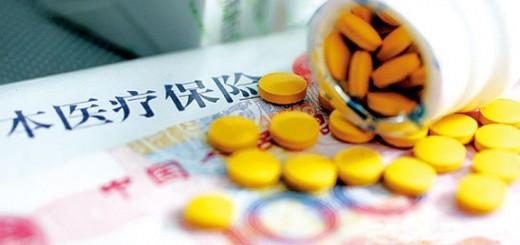| Share This Article
Research Frontiers of Medicinal Plants |
||
| DOWNLOAD |
|
Downloads Pharmacological Review of Ginsenoside Dammarane Saponin Rh2 Downloads Pharmacological Review of Ginsenoside Dammarane Saponin Rg1 Downloads Pharmacological Review of Ginsenoside Dammarane Saponin Rb1 Downloads Pharmacological Review of Aglycon Dammarane Sapogenin (AGS) – Protopanaxatriol (PPT) Downloads Pharmacological Review of Aglycon Dammarane Sapogenin (AGS) – Protopanaxadiol (PPD) |
Gisenoside Rg1 alleviates the bowel injury after mesenteric artery occlusion
There are three main arteries that supply blood to your small and large intestines. These are called the mesenteric arteries. Mesenteric artery occlusion leads to mesenteric ischemia and persistant ischemia will result in the bowel necrosis. It is difficult to diagnose mesenteric ischemia early. Acute blockages in the intestines must be treated immediately to prevent tissue death. Usually, in the case of an acute ischemia attack, surgery is performed to remove blot clots, scar tissue, and parts of the intestines that have already died. Except for early prevention by blood thinning with anti-platelet drugs, currently, there are few drugs of choice to treat acute mesenteric ischemia when the bowel necrosis develops. Ginsenoside Rg1, which is one of the major active ingredients in ginseng, exhibits an encouraging effect on ischemic bowels. Chinese researchers used ginsenoside Rg1 to treat rats after they underwent an artificial mesenteric ischemia by the ligation of mesenteric artery, and found the bowel injury was significantly milder in Rg1 treated rats than that in the control group. The Rg1′s protective effect could be related to reduced inflammatory chemicals and oxidative stress as the levels of TNF-α and IL-6 (two chemicals promoting inflammation) decreased with Rg1 treatment. The increased level of antioxidant SOD leads to the decreased lipid peroxidation confirmed by MDA reduction. The research provides the supporting proof that ginsenoside Rg1 can be the drug of choice to treat acute mesenteric occlusion. The research finding was published on Chinese Pharmacological Bulletin 2010, 26(3), and the abstract is listed below. Title: Effect of ginsenoside Rg1 on gut injury following intestinal ischemia reperfusion in rats Aim: To investigate the effect of ginsenoside Rg1 on gut injury following intestinal ischemia reperfusion in rats and the possible mechanism. Methods: By using rat model of intestinal I/R injury, 30 male SD rats were randomly divided into 3 groups(n =10 in each group):sham-operation group, I/R group(control group)and ginsenoside Rg1 group(treatment group).The contents of tumor necrosis factor α(TNF-α), interleukin-6(IL-6), malondialdehyde(MDA), the activity of superoxide dismutase(SOD)in intestinal mucosa were measured respectively.Chiu’s count was used to assess the changes in intestinal pathological morphology. Results: TNF-α, IL-6, MDA contents and the intestinal injury score in control group were significantly increased compared to those in sham-operation group, while SOD contents in control group were significantly decreased compared to sham-operation group.Inversely, TNF-α, IL-6, MDA contents and the intestinal injury score in treatment group were significantly decreased compared to those in control group, while SOD contents in treatment group were significantly increased compared to control group. Conclusion: Pretreatment with ginsenoside Rg1 has protective effect on intestinal ischemia-reperfusion injury in rats, which may be attributed to decreased contents of TNF-α, IL-6, MDA and increased levels of SOD. |








